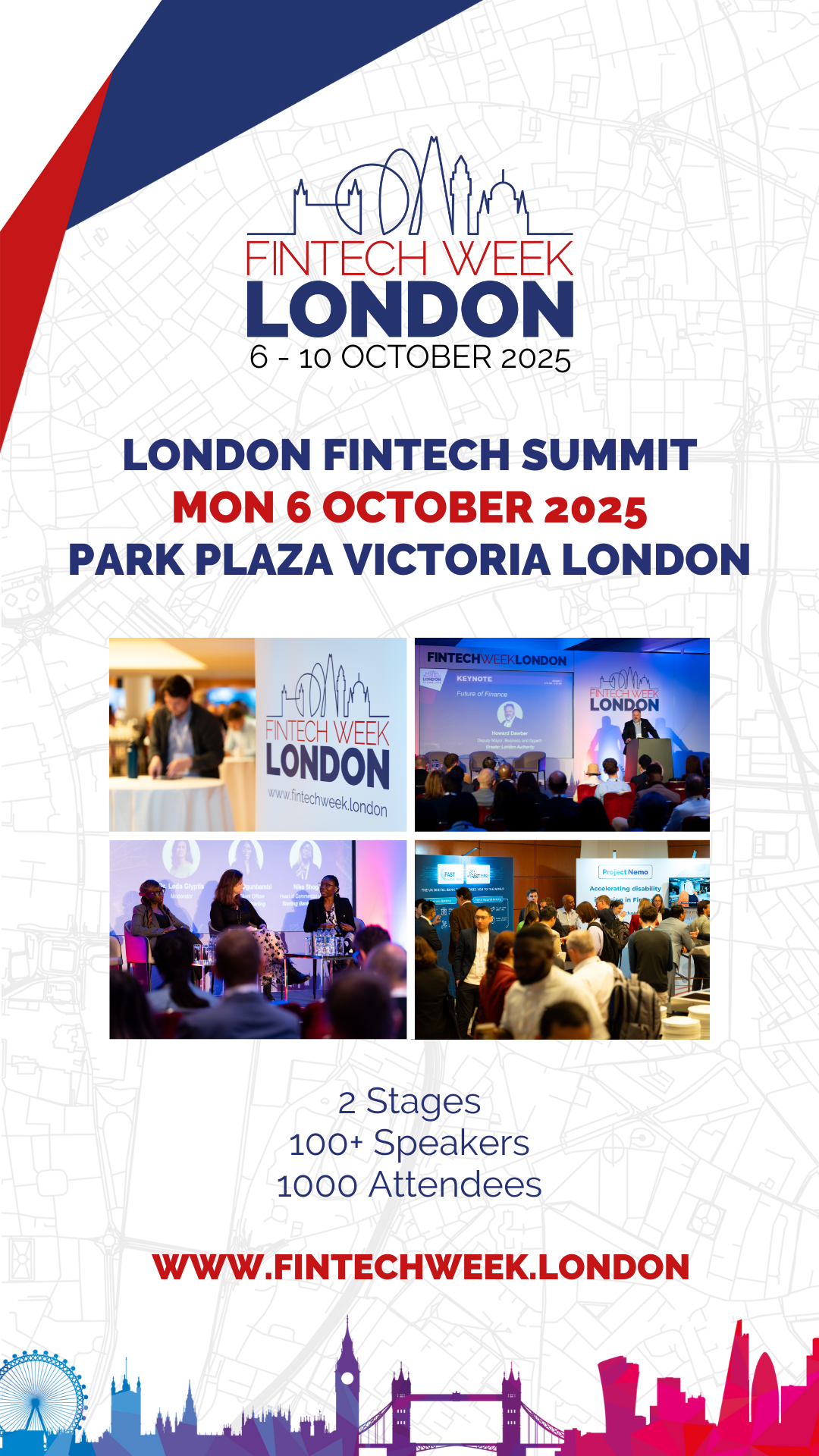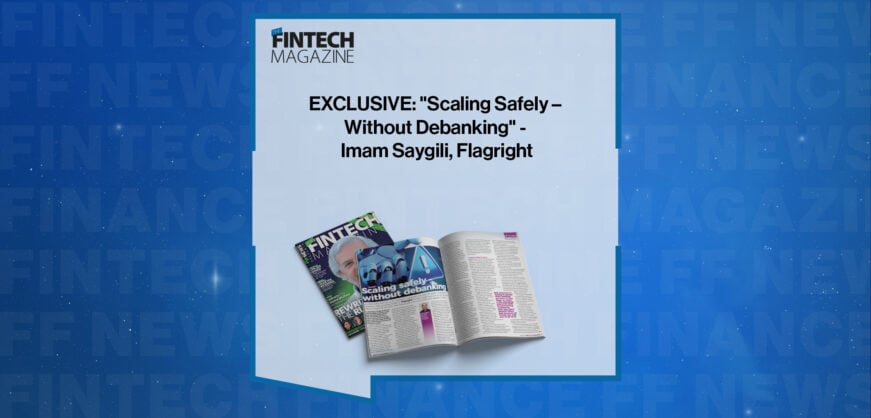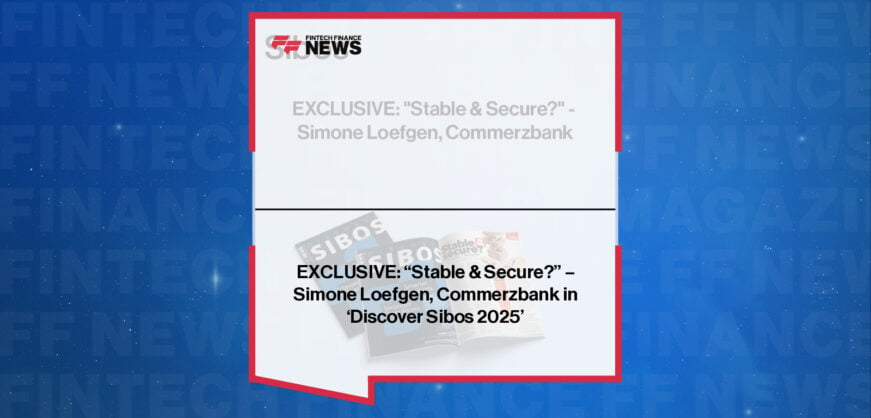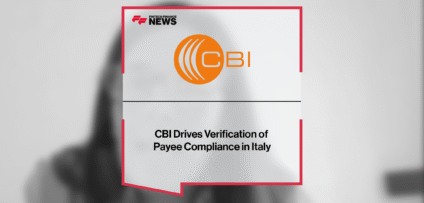Breaking News
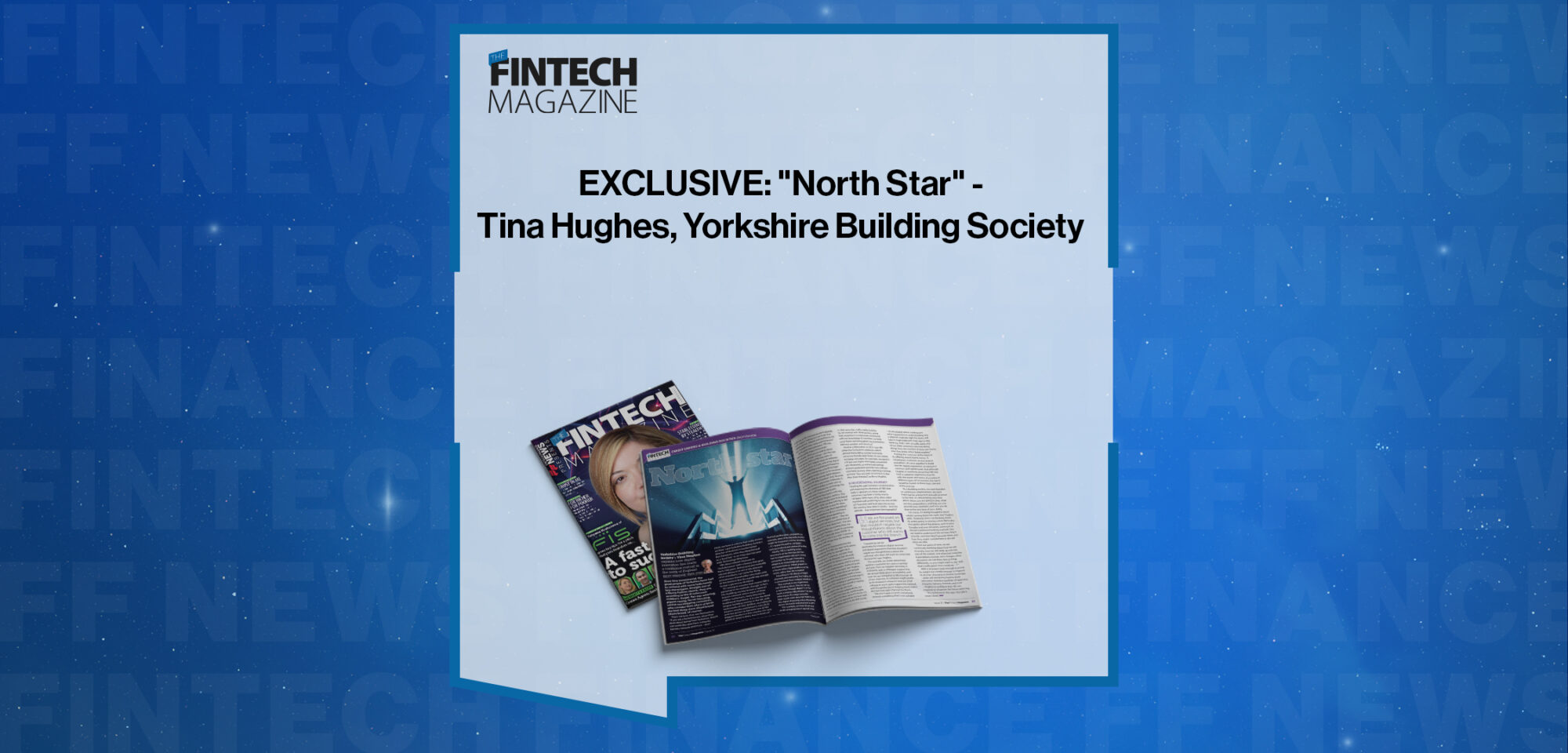
EXCLUSIVE: “North Star” – Tina Hughes, Yorkshire Building Society in ‘The Fintech Magazine’
Yorkshire Building Society’s Tina Hughes explains how digital innovation has made a traditional mutual in the north of England more relevant than ever
Since time immemorial, the good people of Yorkshire have had to contend with some ludicrously lazy stereotypes. Straight out of a Monty Python sketch, they are, according to the ill-informed: stubborn, frugal, flat-cap-wearing, pigeon-racing, ferret-fancying, cricket-worshipping curiosities, who consider their place of birth the best thing since sliced bread (Hovis bread, of course).
That’s not how they see themselves.
“If you ask a Yorkshireman what they think about being from Yorkshire, they’ll use words like openness, integrity, fairness, honesty and trust – and Ithink we have a culture that really thrives on that,” said Yorkshire Building Society’s director of business transformation Ben Sampson, who described himself as a ‘local lad’ in an interview last year with Technology Magazine.
YBS does indeed celebrate its ‘Yorkshireness’ with a history that goes back 160 years. Being local and mutually owned allows it to act in the interests of its members, not some far-flung, anonymous shareholder who looks only at the bottom line for a profit big enough to pay a generous dividend.It’s wrong to assume that means YBS is parochial in its outlook, though.
In fact, the building society boasts a national branch network and a reach of three million customers, many beyond its traditional heartland. It is now the third largest building society in the UK, with total assets of £62.2billion, according to interim results published in July 2023, and has grown to become one of the biggest lenders in the country. It’s very good at what it does, too, in terms of financial performance, compared to, for example, some of the big banks.
And that might be because it’s stuck to the knitting – it’s stayed focussed on mortgages, savings products and commercial lending.
Clearly, YBS is a building society very much on the front foot. But how has an organisation with such a strong connection to the past, been able to adapt to an increasingly tech-savvy consumer base or, indeed, prepare for a future where digital platforms are the norm, rather than the exception?
According to YBS director of digital channels and marketing Tina Hughes, it’s a conundrum that’s weighed heavily on it.
“Any mutual, or any organisation not thinking about, ‘how do I service a customer through digital?’ is on the route to being ‘a Blockbuster’,” she says, referring to the mega-successful high-street video store that failed to see the digital streaming culture thundering down the tracks and went bust in 2010.
“For example, we know 80 per cent of all savings products opened in the industry at the moment are done digitally, so it’s about making sure we’ve got that digital service, channel and experience, for our members now, today and tomorrow.”
By Hughes’ own admission, YBS was hampered by legacy technology – inevitable when you are talking about a business of such vintage – but she says that going back to YBS’s key value of ‘customer first’ helped shape an authentic transformation. In truth, embracing digital and establishing a sophisticated footprint across all its brands has actually brought the building society closer to its consumers – whether they be young digital adopters or traditional older members.
And, because it is part of every community it operates in and has a responsibility to make sure no member is left behind, the technology has, in some ways, had to work harder.
“Everything we have built is with the consumer in mind,” Hughes explains. “Our experiences and journeys have to be based and found in, ‘what are they looking to do? How can we make that as easy for them as we can, and in a way that’s appealing?’.“And this applies to all our customers. Yes, it’s absolutely about appealing to people who are digital natives – they are comparing our service to a whole host of other services in their daily lives – but also not forgetting that our existing base, not just younger members, wants to use things digitally, too.
Especially since COVID-19, we are seeing a lot of our older customers wanting to do things from the comfort of their own homes.”Embarking on that journey was not something that YBS was keen to do alone. Recognising that its strengths lay in knowing its customers, and that third parties (namely fintechs) had the skills and experience to deliver a successful transformation, was utterly vital to success.
“We are focussed on digital services, but that shouldn’t negate our thoughtfulness about the customer who still wants to come into the branchin”
“Very few organisations choose to build it all themselves these days,” says Hughes. “Why would you, when there are people out there who can probably build it faster, and have more experience or knowledge in that space? So, working in partnership is sensible. It increases your speed to market. It also means you can do more.
“One of our recent collaborations, for instance, was over how we could enable people to pay into their accounts faster. It’s great that they’ve opened an account with us but what they want is to be able to pay
in, that same day, really, really quickly. So, we worked with third parties, using their experience in payments combined with our knowledge of members to help us go faster and bring great harmonisation between product and services.”
Another collaboration in 2021 saw YBS adopt the OutSystems platform, which allowed the building society to provide consumer-friendly apps faster. A new online mortgage calculator, for example, resulted in a 54 per cent higher mortgage conversion rate. Meanwhile, an enhanced savings account application journey saw a 40 per cent faster journey when opening a savings account.
“You can open an account in less than three minutes,” confirms Hughes.
A NEVERENDING JOURNEY
Treading the path between modernisation and retaining the elements of YBS that make it special to its three million customers, has been a tricky one to navigate. With many of its often older members still preferring to use one of YBS’ 227 branches and local agencies across the country, how does it satisfy – and not alienate – that important demographic?
“I would say we are absolutely focussed on digital services and digital experience, but that shouldn’t negate our thoughtfulness about the customer who does still want to come into the branch,” says Hughes.“For example, we spoke about how quickly a customer can open a savings account. That can happen remotely or in-branch, with a colleague supporting. We always think about accessibility and how we can bring that to life through all of our channels. A customer might prefer to be assisted in a branch and our retail colleagues are hugely supportive, trained, and thoughtful about helping them select the best and right channel for them.
“We don’t want to push somebody towards something that’s not suitable – it’s absolutely about making sure we’re supportive in understanding why a channel might be right for them, and how it might help with their day-to-day banking. And, I said, actually, quite a lot of our older customers are now doing things from the comfort of their own home, now they know what digital enables.”
Putting the customer at the heart of its offering meant teams across IT, compliance, customer service, branch and others, all came together to build the YBS digital experience, working to a common and agreed goal. And although Hughes is ‘massively proud that YBS has built a customer experience that fits with the needs and wants of a variety of different types of consumers,’ she says it would be foolish to think that’s the end of the journey.
“As a building society, we were founded on continuous improvement. We have lived that for a long time and will continue to live that. It’s about being very clear about where you are going to play, what services, propositions, and help you can provide your members, and how you do that to the very best of your ability.
“Of course, it’s being thoughtful about what’s coming down the track, too,” Hughes adds. “Anybody who’s not thinking about AI, at this point, is missing a trick. We’re also thoughtful about big players, such as your Googles and your Amazons, coming in to disrupt traditional banking methods. But we need to understand the services they’ll provide, and how they’ll provide them, and how they might complement or disrupt what we offer.
“From our point of view, we are continually thinking about how we will innovate, how we will keep up with the rest of the market, and what that looks like. Expectations change, tech changes, other disrupters are out there doing things differently, so you might want to say, ‘well, that’s really good. How could we…?’
“With a structure large enough to punch its weight but nimble enough to respond to an ever-changing economic landscape – while still remaining loyal to those admirable Yorkshire qualities of ‘openness, integrity, fairness, honesty and trust’ – Hughes is confident that YBS can respond to whatever the future will bring.
“It’s continuous,” she says. “Our job is never done.”
This article was published in The Fintech Magazine Issue 31, Page 50-51
People In This Post
Companies In This Post
- EXCLUSIVE: “Stable & Secure?” – Simone Loefgen, Commerzbank in ‘Discover Sibos 2025’ Read more
- CBI Drives Verification of Payee Compliance in Italy Read more
- Lastro Secures $15M Series A Led by Prosus Ventures to Scale its AI Agent, Empowering Over 2M Homebuyers Read more
- Evertec Announces Closing of Controlling Stake in Tecnobank, Expanding Product Offering in Brazil Read more
- EXCLUSIVE: “Scaling Safely – Without Debanking” – Imam Saygili, Flagright in ‘The Fintech Magazine’ Read more




